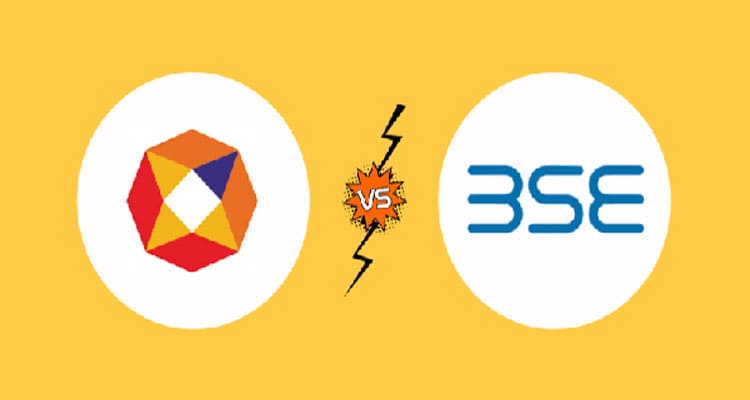The Indian stock market comprises two primary stock exchanges – the Bombay Stock Exchange (BSE) and the National Stock Exchange (NSE). Understanding the nuances between these two behemoths is crucial for any beginner investor navigating the Indian stock markets.
The BSE, established in 1875, holds the dual prestige of being the oldest stock exchange in Asia and largest in India in terms of listed companies. In contrast, the NSE, established in 1992, is relatively newer but has quickly established itself as the largest stock exchange in India in terms of daily trading volume.
Thus, making a choice between the BSE and NSE could seem daunting for beginner investors. However, an understanding of their specific features and parameters, along with a knowledge of the types of trading in the stock market, can help investors make a more informed decision.
In terms of market capitalization, the NSE has a clear edge with a market capitalization of approximately INR 151.13 lakh crores as of 2019, compared to BSE’s market capitalization of approximately INR 147.42 lakh crores. Consequently, the sheer volume of transactions on NSE means higher liquidity making it easier for traders to buy and sell securities.
When it comes to the types of trading in the stock market, both BSE and NSE offer options such as intraday trading, delivery trading, short sell, buy today sell tomorrow (BTST) and sell today buy tomorrow (STBT). They cater to various derivative instruments like futures and options too. However, most of the volumes in derivative trading in India is seen on the NSE owing to its advanced electronic trading system.
The benchmark indices of BSE and NSE also differ. BSE’s leading index is the SENSEX, comprising the top 30 companies in terms of free-float market capitalization. On the other hand, NIFTY 50, the leading index of NSE, constitutes the top 50 companies. While both indices are reliable barometers of the Indian stock market, NIFTY 50 offers a wider market representation due to its broader scope.
Regarding accessibility, both BSE and NSE have nationwide reach. However, NSE’s electronic trading platform has given it wider geographical reach and has made it easier for retail investors to trade.
In conclusion, while BSE has historical significance and a larger number of listed companies, NSE scores over in terms of its larger trading volumes, wider representation through NIFTY 50, better liquidity, and more modern electronic trading system.
However, as per the Securities and Exchange Board of India (SEBI) guidelines, an investor can trade any stock listed on either of the exchanges, regardless of the exchange in which they have their trading account. Hence, from an investor’s point of view, the choice between BSE and NSE might be less consequential.
Investors can use investment apps for multiple investment purposes like FD, trading, mutual funds etc. Download Bajaj Finserv app and make your trading fast and easy.
Disclaimer: The decision to engage in stock market trading should be based on one’s understanding of market conditions, individual risk tolerance, and investment objectives. The above information is intended to provide a comparison between two significant stock exchanges in India and is not financial advice. Investors are advised to thoroughly research and consider various factors before trading in the stock market. It is advisable to consult with a professional financial adviser for personalized advice.



